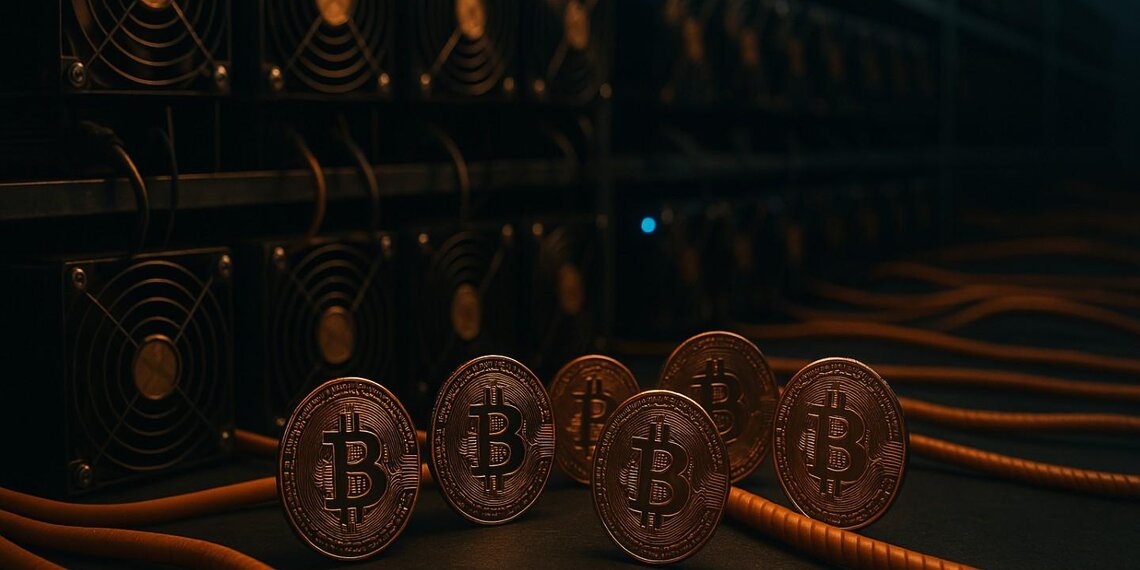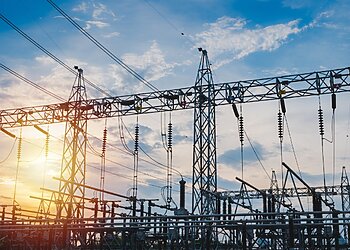The Bitcoin network is undergoing a dramatic transformation, marked by soaring energy consumption and dwindling economic returns for miners. As industrial-scale mining operations expand, the power required to sustain the network has surged past 33 gigawatts, more than doubling since early 2024. This growth is driven by increasingly dense hardware deployments, especially following the April 2025 halving, which incentivized miners to upgrade infrastructure despite diminishing rewards.
According to a report by GoMining Institutional, the network’s energy appetite has grown at an unprecedented pace. From 15.6 gigawatts in January 2024, consumption rose to 24.5 gigawatts by January 2025, and then jumped again to 33.1 gigawatts by May. While individual mining rigs are more efficient than ever, their sheer volume has overwhelmed those gains. The report emphasizes that innovation must now extend beyond hardware design to energy sourcing strategies.
Despite this massive energy expansion, mining difficulty has remained relatively subdued. In the first half of 2025, difficulty rose just 6.54%, a stark contrast to the rapid increases seen in 2024. Although there were brief spikes in April and May, the metric reversed sharply in June due to heat waves across North America, which forced miners offline and led to a 7.48% difficulty drop, the steepest since July 2021.
Meanwhile, on-chain activity has slowed to its weakest levels in nearly two years. Daily transactions fell to a low of 256,000 in June, and the average hovered around 313,510. This decline has pushed transaction fees to historic lows, with many users broadcasting transactions at the minimum fee of 1 satoshi per virtual byte. The low demand for block space has even led to the mempool clearing twice in 2025, a rare event last seen in April 2023.
When the mempool clears, miners earn almost nothing beyond the block subsidy, highlighting a growing economic challenge. As Bitcoin’s fixed subsidy halves every four years, eventually disappearing around 2140, the network will rely entirely on transaction fees to sustain mining operations. With energy costs rising and fee revenue shrinking, miners face a future where profitability hinges on unpredictable factors like user demand and network activity.
This imbalance between infrastructure growth and economic return may persist for years, raising questions about the long-term sustainability of Bitcoin’s mining ecosystem.










